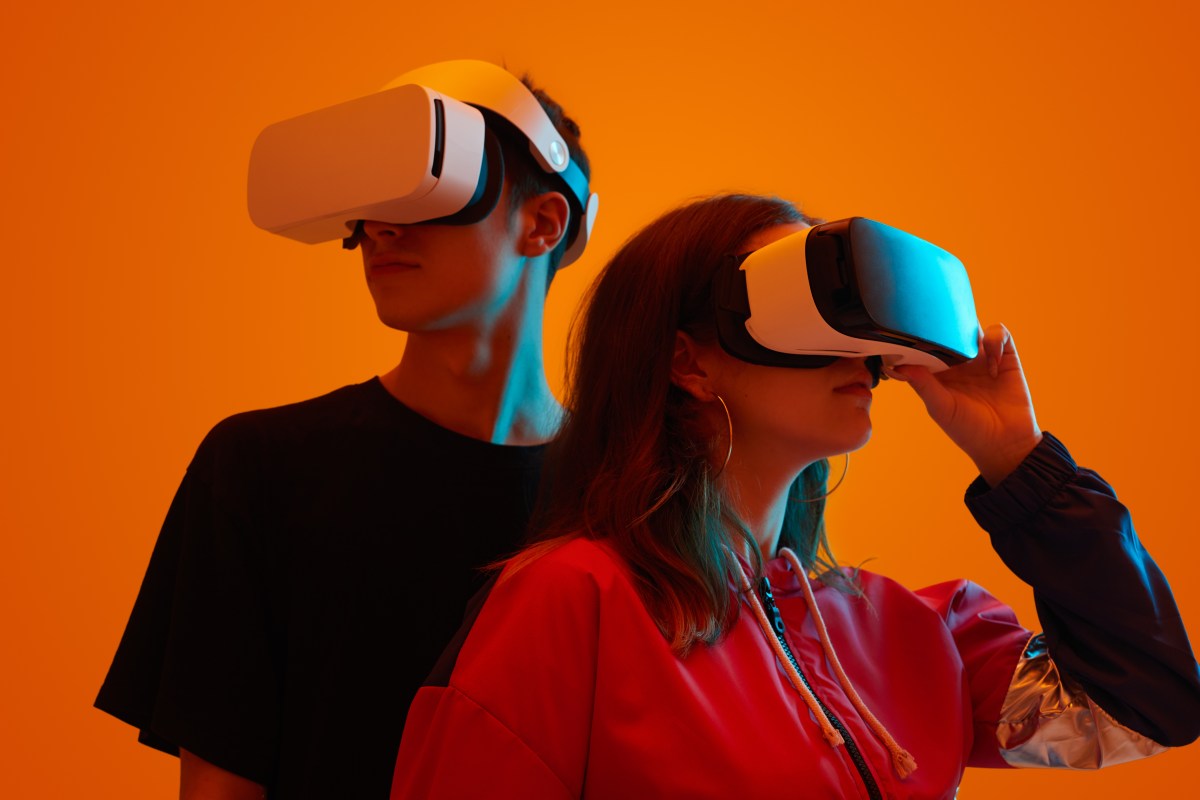Unveiling the Future: Samsung and Google’s Ambitious Smart Glasses Project
In an exciting development that is capturing the attention of tech enthusiasts and industry experts alike, Samsung and Google are embarking on a groundbreaking collaboration to create innovative smart glasses. This ambitious project promises to revolutionize the wearable technology space, combining the strengths of both companies to reshape how we interact with the digital world. As the details emerge, let’s delve into what this collaboration could mean and the potential features and applications these smart glasses may offer.
The Concept of Smart Glasses
Smart glasses, at their core, are wearable devices that integrate advanced technology directly into eyewear. They aim to enhance the user’s experience by overlaying digital information onto the real world, allowing for seamless interaction between physical and digital environments. This integration can range from basic notifications to augmented reality (AR) applications, which can fundamentally change how we perceive and engage with our surroundings.
Why Samsung and Google?
The partnership between Samsung and Google is noteworthy for several reasons. Both companies bring a wealth of expertise to the table:
- Samsung: Renowned for its hardware innovation, Samsung has extensive experience in producing high-quality displays, sensors, and mobile technology.
- Google: Known for its software prowess, particularly in AI, machine learning, and Android OS, Google is well-positioned to enhance the functionality and user experience of the smart glasses.
Together, they can create a product that not only looks great but also operates seamlessly with existing technologies, making the transition to smart glasses smoother for consumers.
Potential Features of the Smart Glasses
As Samsung and Google unveil their ambitious smart glasses project, speculation is rife about the potential features that could redefine wearable technology. Here are some of the most anticipated functionalities:
1. Augmented Reality Integration
One of the standout features expected in these smart glasses is robust augmented reality capabilities. Users could experience immersive AR environments directly through their lenses, allowing for interactive gaming, navigation, and information access. Imagine receiving directions projected onto your field of vision or seeing real-time data about landmarks as you explore a new city.
2. Hands-Free Communication
With voice recognition technology and built-in microphones, users could make calls, send messages, or interact with their virtual assistants without ever needing to reach for their phones. This hands-free capability would be especially beneficial for users on the go or those in environments where using a smartphone is impractical.
3. Health and Fitness Tracking
As health and fitness continue to be a priority for many, the incorporation of health monitoring features could be a game-changer. The smart glasses might include sensors to track heart rate, calories burned, and even provide reminders for hydration or movement, all while seamlessly integrating into the user’s daily routine.
4. Enhanced Connectivity
Imagine your smart glasses connected to various devices in your ecosystem—smart home devices, fitness trackers, and smartphones—providing a unified interface. Notifications, reminders, and updates could be displayed in real-time, ensuring users remain informed without the distraction of frequent phone checks.
Applications Across Industries
The implications of Samsung and Google’s smart glasses extend beyond personal use. Various industries stand to benefit from this technology, including:
1. Education
In educational settings, smart glasses could facilitate interactive learning experiences. Students could access information, tutorials, and visual aids directly in their line of sight, enhancing their understanding and engagement.
2. Retail
Retailers could utilize smart glasses to provide customers with instant information about products, compare prices, and even visualize how items would look in their homes. This could significantly enhance the shopping experience and improve customer satisfaction.
3. Healthcare
Doctors and healthcare professionals could leverage AR capabilities to visualize patient data, access medical records, or even perform remote consultations, all while maintaining a hands-free approach during critical procedures.
Challenges to Overcome
Despite the promising outlook, there are challenges to consider. Privacy concerns are paramount; users will need to trust that their data is secure and that the glasses are not inadvertently recording sensitive information. Additionally, achieving a balance between functionality and aesthetics will be crucial to appealing to consumers.
The Future of Wearable Technology
As Samsung and Google work together on this ambitious smart glasses project, the future of wearable technology looks bright. The collaboration signifies a shift towards more integrated, intelligent devices that can enhance our everyday lives. If successful, these smart glasses could set the standard for future wearable technologies, paving the way for innovations we can only begin to imagine.
Conclusion
The unveiling of Samsung and Google’s ambitious smart glasses project heralds a new era in wearable technology. By combining their strengths, these tech giants are poised to create a device that could fundamentally alter how we interact with our world. As the project progresses, it will be fascinating to see how these smart glasses evolve and what features will ultimately make their way into consumers’ hands. With the potential to revolutionize everything from communication to healthcare and education, the future of smart glasses is indeed exciting.
Stay tuned, as we continue to follow this project closely and explore what it means for the future of technology and our daily lives.
See more Future Tech Daily

